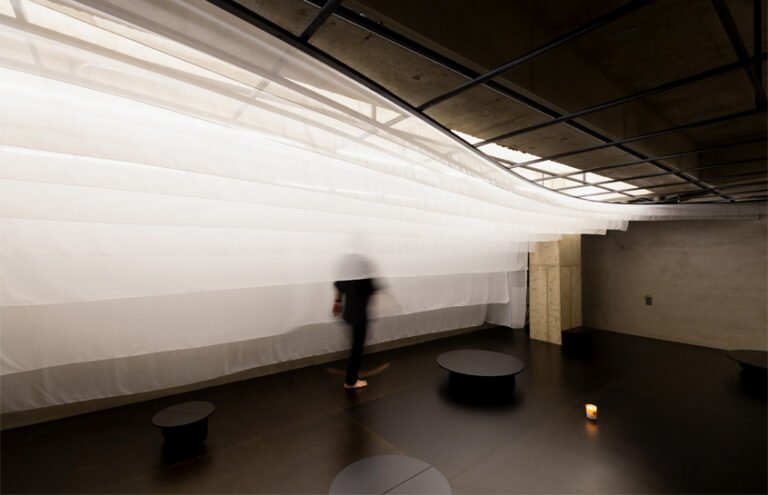Revisit the Serene Gardens of Lotusland, Where 3,400 Plants Are Still Thriving 80 Years Later
Few landscaping endeavors contain the passion and careful preservation of Lotusland, the 37-acre Montecito estate purchased by Madame Ganna Walska in 1941. A well-known Polish opera singer and socialite, Walska developed an obsession with plants from all corners of the world and used her eccentric design sensibility to arrange them. She embraced the region’s exceptional microclimate, accommodating desert-loving cacti, humidity-loving ferns, water-loving lotus flowers, and so much in between. After she passed in 1984, Walska left the estate to a foundation that began sharing it with the public six years later: all 20 gardens comprising 3,400 plants and more than 35,000 specimens.
Initially featured in an issue of AD in 1974, Lotusland has been archived recently in a new Rizzoli book photographed by Lisa Romerein. She first captured the estate for a magazine spread about Santa Barbara, but back then, she only had one day to shoot it. So, she jumped at the opportunity to reexamine Lotusland’s rare plants and ethereal atmosphere, from dawn until dusk, including the gardens’ impressive growth and expanding relevance. In the urgent context of climate change, Lotusland’s beauty is also a testament to its pioneering sustainable horticultural practices.
“Lotusland highlights the immense diversity that exists within these gardens while raising awareness of the need to protect this fragile resource at every opportunity,” explains Paul Mills, the director of conservation and curator of the living collection, who guided Lisa throughout the book shoots. “Botanic gardens like Lotusland have always played an important role in the conservation of plants, the vital group of organisms that are crucial for our existence and that of the planet.”
Madame Walska’s focus on sustainability aligned with her spiritual interests in yoga, astrology, and meditation. She studied subjects like telepathy, numerology, and hypnotism and originally named her property Tibetland, hoping it would be a retreat for Tibetan lamas before World War II started. She was a woman creating on her own terms, bringing the transcendence of the natural world together in a unique setting. Below, Lisa talks about the process of capturing Lotusland and appreciating Walska’s legacy decades later.

